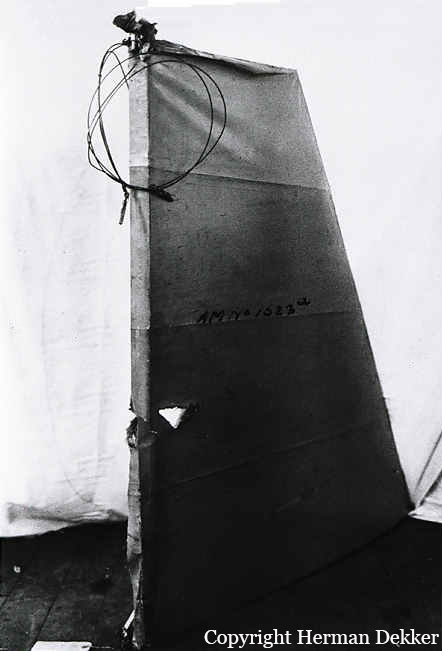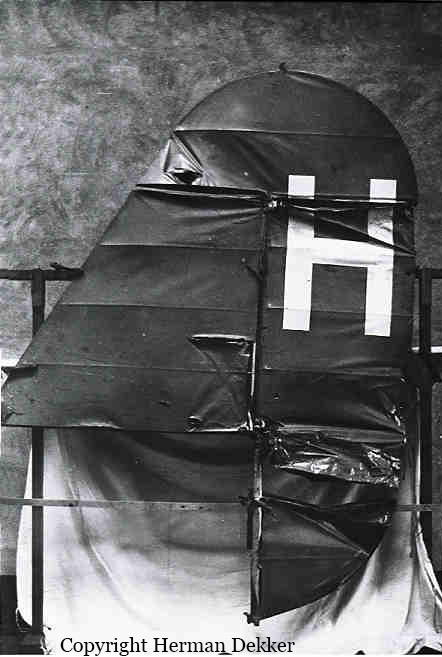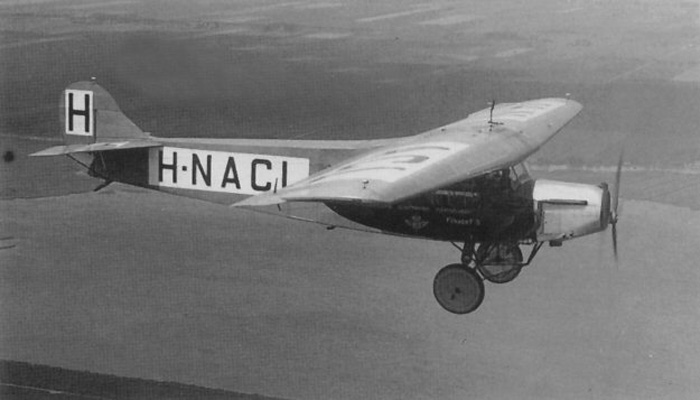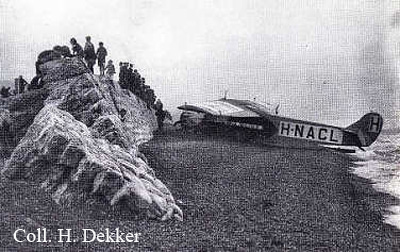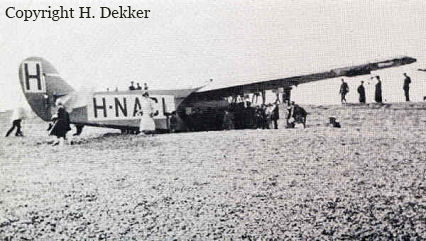Crash of a Fairey IIIF on the Isle of Grain: 3 killed
Date & Time:
Mar 2, 1928 at 1105 LT
Registration:
S1168
Survivors:
No
Schedule:
Eastchurch - Eastchurch
MSN:
F.893
YOM:
1927
Crew on board:
3
Crew fatalities:
Pax on board:
0
Pax fatalities:
Other fatalities:
Total fatalities:
3
Circumstances:
The crew departed RAF Eastchurch on a training flight. While flying over the Isle of Grain, the pilot-in-command made a sharp turn when the airplane entered an uncontrolled descent and crashed. All three crew members were killed.
Crew:
Sgt William Bean Maltman,
LAC Sydney Cresswell Mason,
AC2 William George Lowman.
Crew:
Sgt William Bean Maltman,
LAC Sydney Cresswell Mason,
AC2 William George Lowman.






